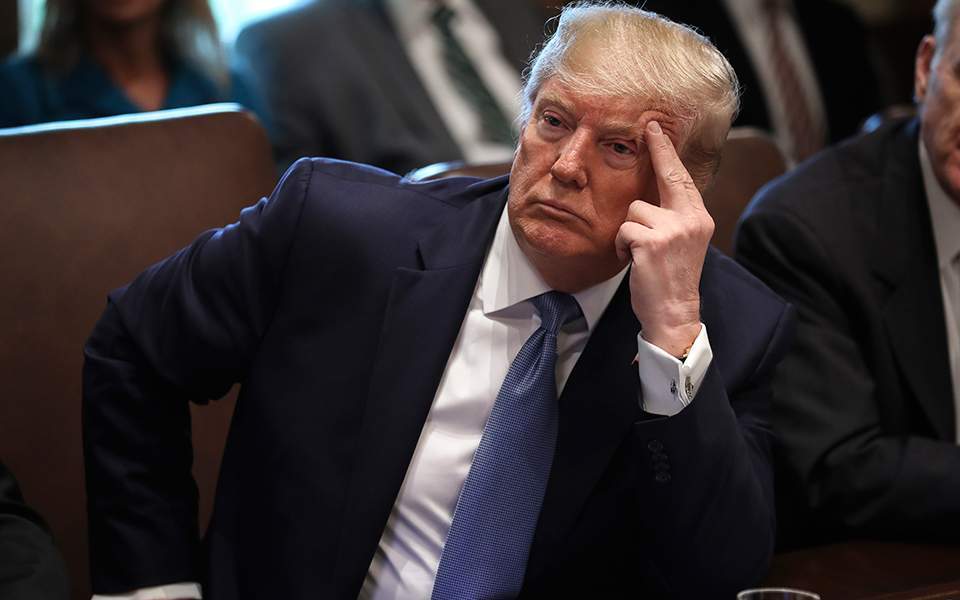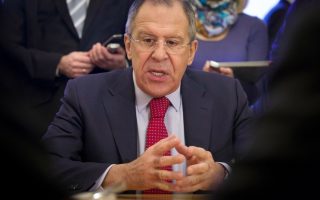One year of Donald Trump: The administrative presidency on steroids

As President Donald Trump’s first year in office comes to a close, the assessments are rolling in. Expect full reviews of the President’s Twitter taunts, his low popularity, his campaign’s ties to Russia, White House staff turmoil, his struggles to repeal and replace Obamacare despite GOP control of Congress, and – finally – the late-year success on major tax cut legislation.
A failed First Year? Think again. In an important recent article, UVA’s Miller Center’s Sid Milkis, along with Nicholas Jacobs, argue that the president has exhibited greater success than is generally believed. Their article was recently featured by Dan Balz, the Chief Correspondent for the Washington Post.
President Trump’s successes come from using executive action – a trend begun by President Barack Obama, to the consternation of many conservatives.
Professors Milkis and Jacobs show how the “administrative presidency” has assumed greater power, as Congress stands and watches. And while the Trump agenda is conservative, rather than dismantle the administrative state (as Steve Bannon once boasted), it is instead building and using it aggressively.
The Trump Department of Homeland Security has aggressively stepped up deportations. The Trump EPA and Interior Departments have promoted coal and oil and gas exploration, and accelerated pipeline construction. The Trump Department of Health and Human Services has prodded states to step forward to take responsibility for Medicare and Medicaid. And the Administration has proposed dramatic increases in funding for the Defense Department.
Milkis and Jacobs show how the President has simply taken advantage of a system of “executive-centered partisanship.” The nation is more polarized politically but, the two main political parties have less control over their elected representatives, particularly when it comes to moving legislation. That leaves the field clear for a President to act unilaterally, and expand the reach of the federal government.
In other words, grass-roots movements, independent political committees, and a splintering media environment have made Congressional politics more conflictual and less prone to compromise. President Obama experienced this in his own first year struggle to pass the Affordable Care Act when his own party controlled both houses of Congress, and he experienced it again in subsequent years when he tried to work with a GOP congress to pass any number of laws, from a balanced budget agreement to immigration reform.
President Trump has continued that trend. Rather than waiting to work with his own GOP-controlled Congress, he has simply and directly moved forward with one executive action after another. There are two great ironies in this:
Obama’s Sword is Used Against His Agenda: President Obama used some executive actions in his first year, but stepped up his use considerably after Democrats lost control of Congress in 2010. On issues such as immigration and climate change, he argued that he “had to” use executive action because GOP congress was not cooperating. Trump started using executive action right off the bat to go after the Obama agenda, despite the fact that his own party controlled both houses of Congress. While Trump could not legislatively undo major Obama-era laws (especially in healthcare) he was able to chip away at the Obama legacy.
Small government conservative activists (Tea Party) led to a big government conservative president (Trump): The Tea Party movement provoked a surge of conservative activism and anger toward Washington that overwhelmed more traditional GOP establishment. This anger had started against George W. Bush’s expansion of health care (prescription drug benefits) and education (No Child Left Behind). It extended to the Obama Administration’s massive recovery response, auto and bank bailout (with additional regulations in both areas), and then passage of Obamacare. Trump has capitalized on the anger of that movement, yet he’s done so to advance an agenda that is no more small-government than his two predecessors.
No assessment of President Trump’s first year would be complete without understanding how he is using the federal government to advance his agenda. Quite the opposite of LBJ’s standard, which held that a President had one year to work with Congress, Trump seems to have decided from the beginning that Congress was going to be an unreliable partner, at best.
The deepest irony of all may come next year in the midterm elections. Whether Congress passes tax reform or not, the president’s agenda and style may have so alienated voters that they blame a GOP Congress – for enabling Trump, for failing to work with him, or for both. If Democrats regain control of one or both houses of Congress, Trump might then discover that a GOP Congress wasn’t so bad after all.
* William Antholis is Director and CEO of the University of Virginia’s Miller Center, and a former White House official. This article is adapted from a lecture at the University of Cyprus on President Trump’s first year in office.





